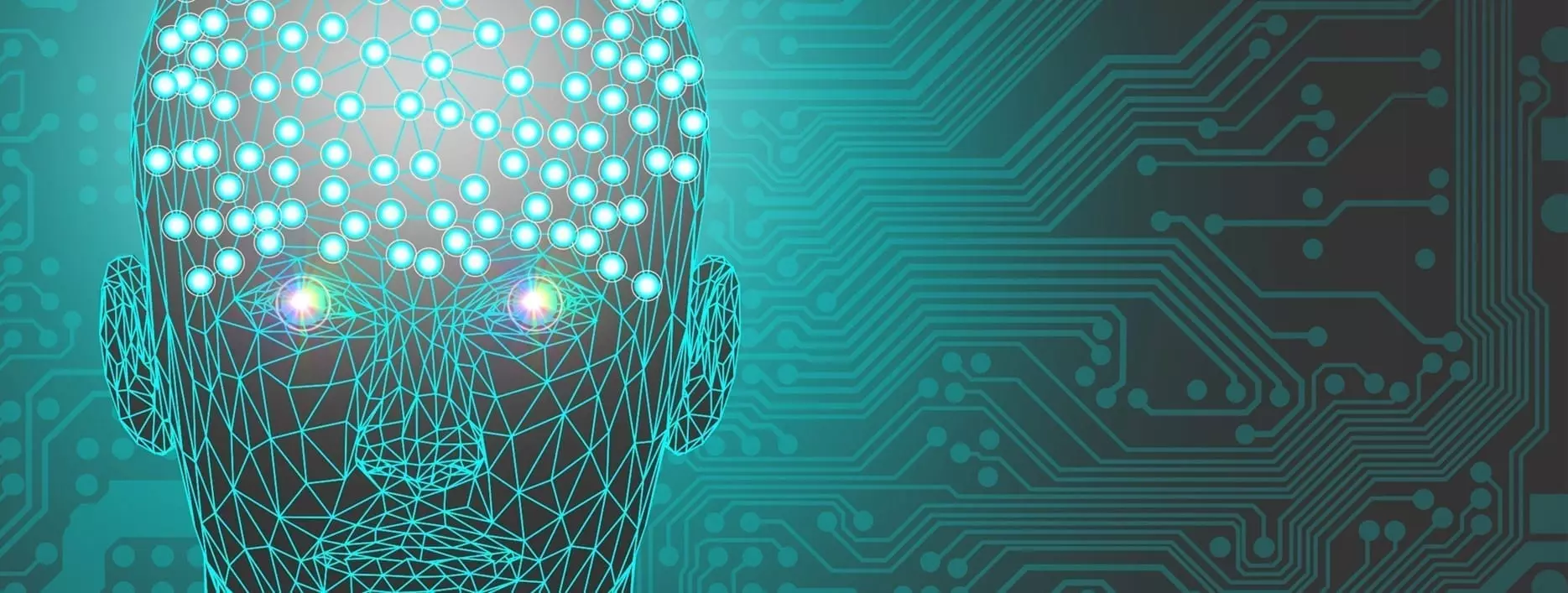
Both edge computing and artificial intelligence (AI) have continued to gather attention over the past few years as mobile and Internet of Things (IoT) technologies become increasingly adopted by a vast number of industries around the world.
These new technologies have also created new problems and challenges for those looking to implement and benefit from the advances and developments of the fourth industrial revolution.
Edge computing is a computing technique used to move decision making closer to the source of data (the edge) and artificial intelligence is an area of computer science that looks to create intelligent machines and also includes sub-fields such as machine learning.
Individually, these two technologies have been shown to work incredibly efficiently and both show huge potential for future development, however, combining the two for use within IoT systems could result in a match made in IoT heaven. In this article, we’ll explain how edge computing and artificial intelligence are being developed to work together and put forwards some possible use cases that could be applied to AI at the edge.
So, let’s jump straight in.
Edge Computing & Artificial Intelligence
There are various ways in which edge computing and artificial intelligence could be used together, however, certain limitations with each of these technologies will need to be overcome in order for this partnership to be effective.
Traditionally, artificial intelligence technologies require a vast amount of computational and processing power to run some of the more complex machine learning algorithms, for example, making them impractical for deployment in locations distant from the cloud servers they are mostly based in.
Conversely, most edge computing technologies are currently being designed to operate in low-power environments with little to no connectivity, making the integration of artificial intelligence systems into their architectures unpractical.
However, there are a selection of proposed methods that could finally see artificial intelligence brought to the edge. Top industry players such as Google and Microsoft, as well as organisations such as Movidius and iEx.ec are working on solutions to bring intelligence closer to the edge.
Two potential solutions showing promise are distributed computing using blockchain technologies and portable AI co-processors. Using blockchain and smart contracts technologies, computing resources can be shared among IoT devices and cooperate without the need for a central broker. This could then allow for the running of computation-heavy AI algorithms within the edge devices themselves.
Alternatively, portable AI coprocessors could be integrated into boards in order to create devices capable of deep learning. Movidius is one of a few companies that have been developing edge neural networks for a while and have even produced their Myriad 2 vision processing unit (VPU), which can be used to achieve computer vision and image signalling capabilities in low power edge environments.
Potential Use Cases for Edge AI
So, as we’ve seen, there are indeed ways in which edge computing and artificial intelligence are being developed so as to meet the needs of other technologies such as the Internet of Things. But how could they improve IoT systems? Let’s now take a look at a few potential use cases for AI at the edge.
Autonomous Vehicles
Autonomous vehicles are looking extremely likely to be the next big step for intelligent transportation systems of the not-too-distant future. Self-driving cars and intelligent traffic management systems are already being tried and tested today and the integration of edge AI could very well be the way forward.
When it comes to autonomous systems, safety is paramount. Any delay, malfunction, or anomaly within the system can be devastating, and in the case of autonomous vehicles fatal. Using both edge computing and artificial intelligence capable of providing intelligent decision making within edge devices could ensure that these challenges are overcome.
Robotics
While the robots many of us grew up seeing and reading about in science fiction aren’t quite here, robotics are no doubt a fundamental part of many industrial processes and, given the advances in wireless communications, automation, and IoT technologies, will likely grow in both their necessity and the scope of their applications.
And the excitement surrounding these new innovations within robotics is certainly growing. According to an interview with David Schatsky, a managing director at Deloitte who specializes in emerging technologies, “The new generation of robots can use AI technologies such as computer vision, speech recognition, and more sophisticated analytics of the sensors that they have.”
Maintenance, Monitoring & Security
Maintenance, monitoring and security are three areas in which IoT devices are already thriving. Their use in video surveillance, motion detectors, environmental sensors, and other monitoring and security devices could be greatly enhanced through the integration of edge AI and could allow for further automation of monitoring and security processes.
Predicative maintenance is also an area where edge AI could greatly improve the output of IoT systems. Rail is one of the industries that has started to look into solutions based on edge computing and AI to reduce maintenance costs and unplanned downtime. Machine learning powered monitoring systems are being retrofitted onto existing rail tracks in order to monitor the condition of the tracks and rolling stock. These systems claim to provide a reduction in maintenance costs of around 25%. For multi-billion dollar transit authorities, that’s a huge opportunity.






